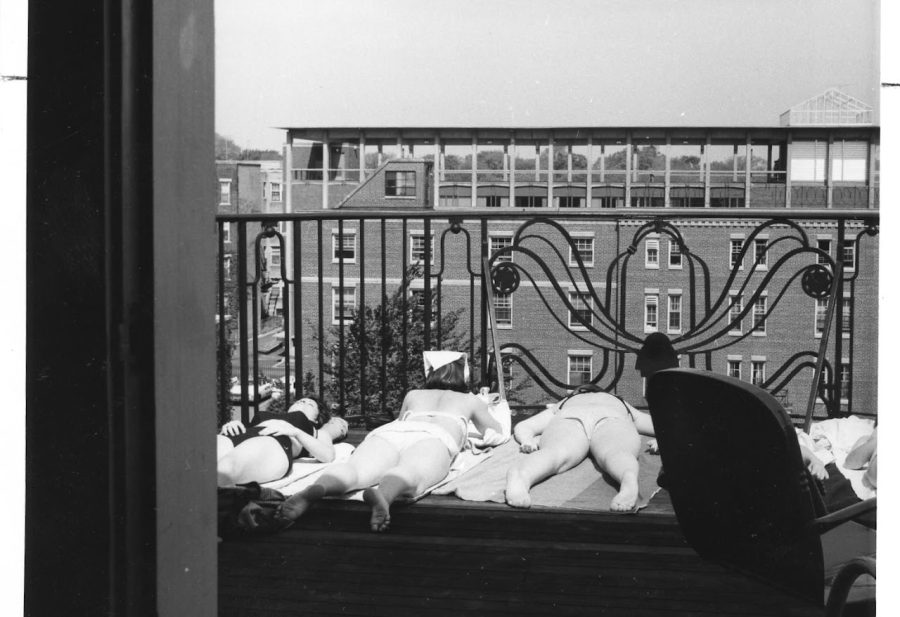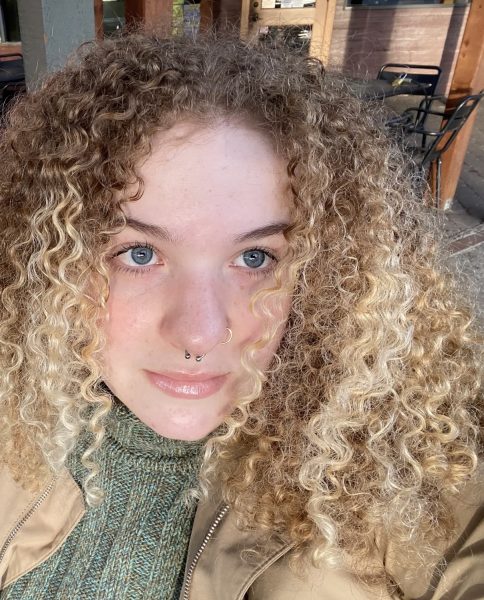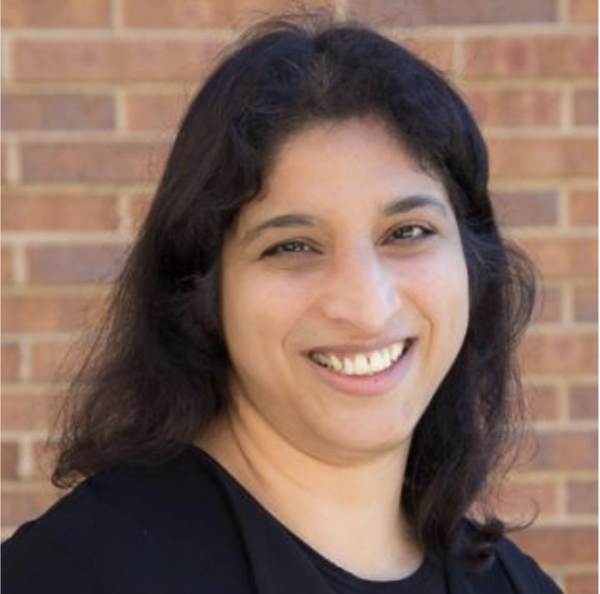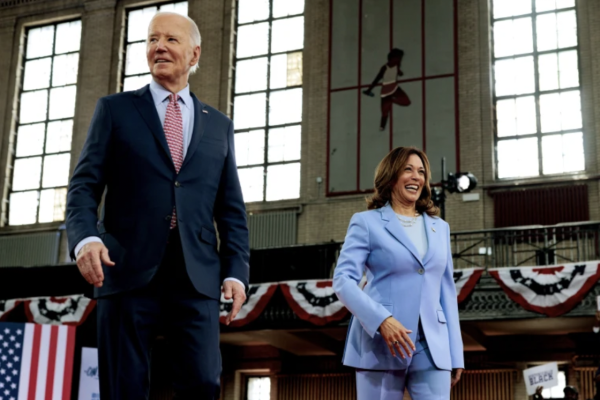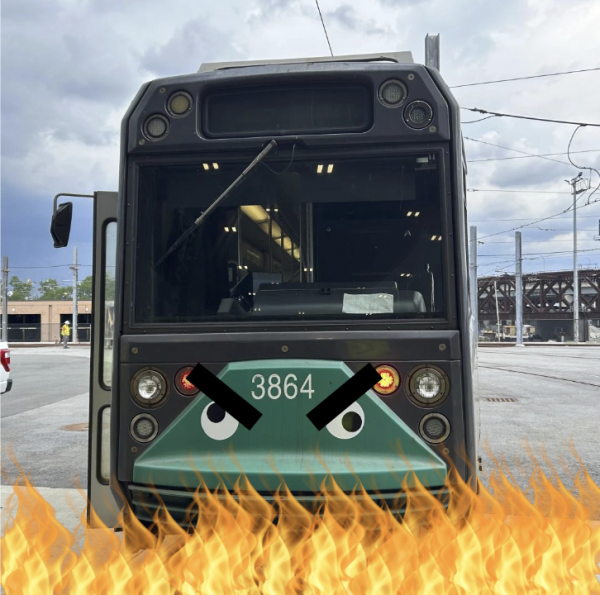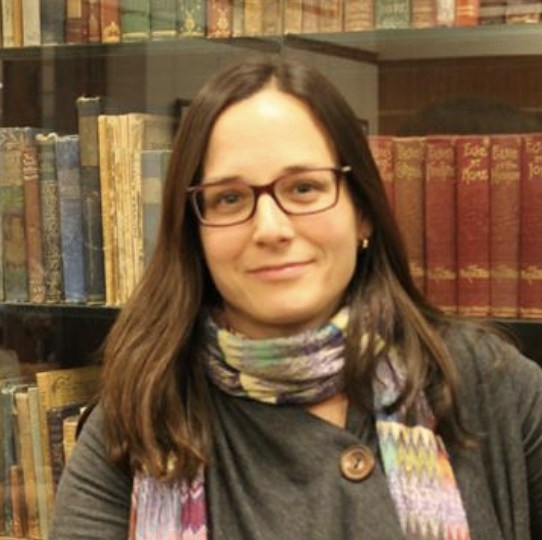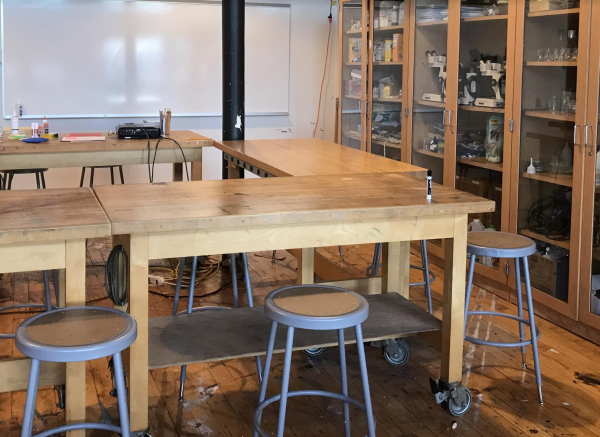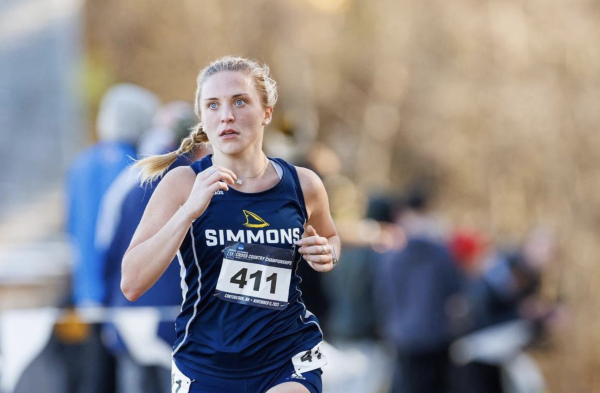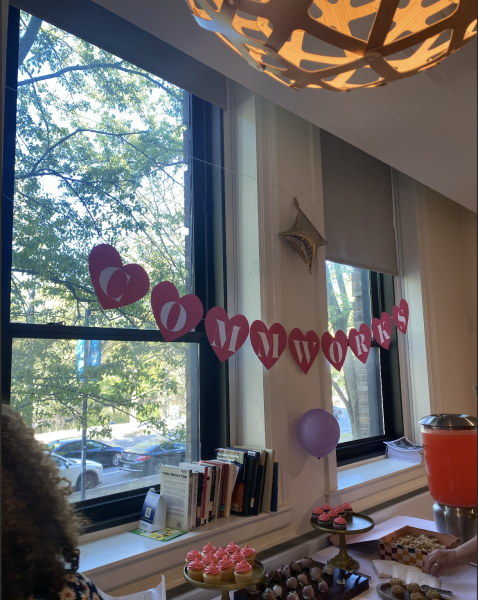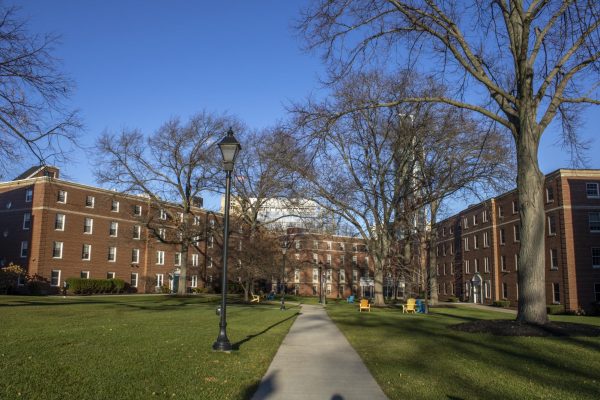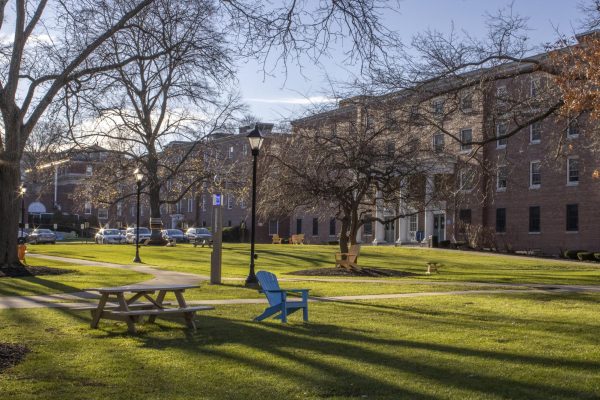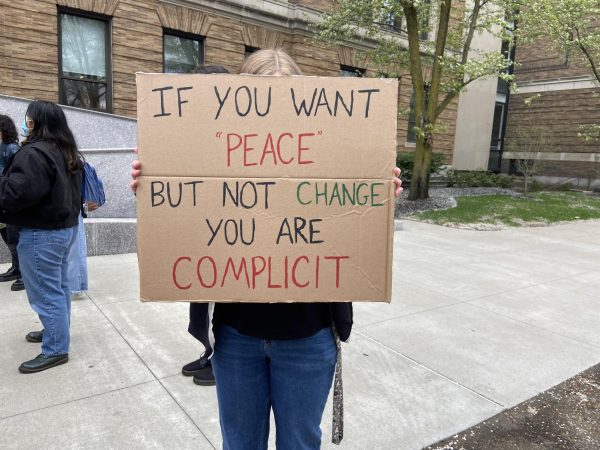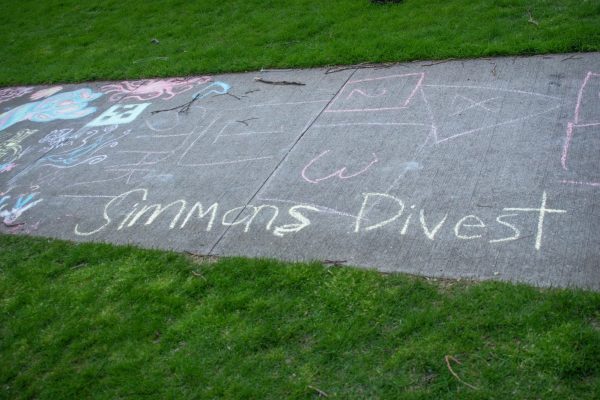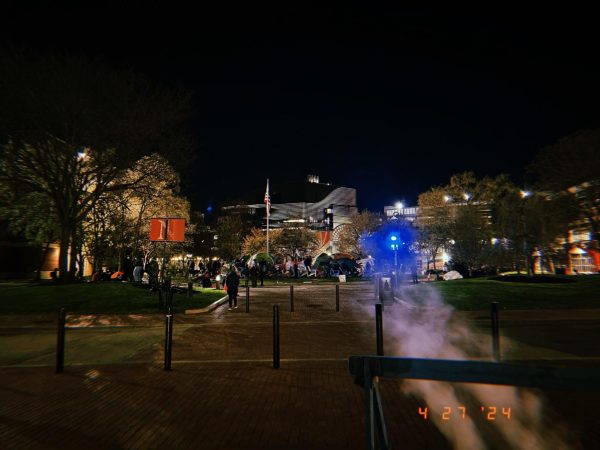Simmons History students present Memory Projects to administrators and trustees
Sarah Granoff, a senior in the class, said that after the initial presentations, the class has been working “to integrate these histories and stories into some of the fabric of Simmons daily life.”
April 25, 2023
Students of HIST380: Field Work presented their Memory Projects to a group of Simmons administrators, faculty, staff, alumnx, and students in December 2022. In February 2023, they presented their work to the Board of Trustees. These presentations were dedicated to exploring and commemorating life on Simmons residential campus (Res) since its inception in 1903.
The idea for the Memory Projects came from Elizabeth Collotta. Collotta graduated from Simmons in 2022 with a bachelor’s degree in History and is currently attending Simmons as a graduate student, studying in the School of Library and Information Science.
Collatta’s project, “54 Pilgrim Road,” began as a project for her photography class, ART239: Art of the Real: Documentary Photography, before morphing into her capstone project. She focused on archival photographs of the Simmons residence campus, recreating old photographs in the current spaces on campus.
“The residence campus has long been a home for Simmons students,” Collotta explained. One photo on the digital exhibit showed a photo of the Simmons Hall common room taken in 2021 before fading into a black and white photograph of students watching the 1960 presidential election in the same space.
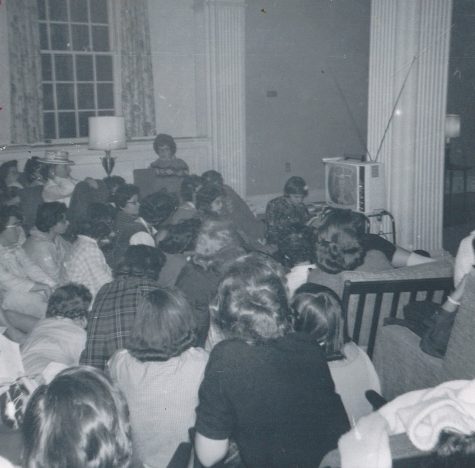
Daniela Gil Veras, a junior history major in the Field Work class, said, “the purpose of the memory project is to commemorate and memorialize the residential campus before we lose it,” referring to the One Simmons project.
The students expressed fears about Simmons history being lost after the sale of the residential campus.
Sarah Granoff, a senior in the class, said that after the initial presentations, the class has been working “to integrate these histories and stories into some of the fabric of Simmons daily life.”
Dr. Laura Prieto and Jason Wood, the co-directors of the Memory Project, both agreed that Simmons Residential Campus has always been a place for students to live and exist away from faculty.
“The Res campus was students’ space,” Wood said. “It’s that sense of ownership.”
Many of the students said they were inspired to choose their projects based on their own experiences at Simmons. Gil Veras focused on the history of diversity and inclusion at Simmons. “I wanted to look at the non-white students on Simmons residential campus,” they said. Gil Veras wanted to refute the idea that Simmons is and was an all-white school. According to them, it’s important to realize that despite being a predominantly white institution, Simmons still has many students of color.
“It is very harmful to perpetuate the belief that Simmons has always been purely white and purely Christian,” they said. “There have been a lot of non-white and non-Christian students throughout the school’s history who have lived here, who have made an impact here.”
Gil Veras’s research led them to Anna Mae DeBerry, the first Black student to live on the residential campus.
Granoff, the co-president of Simmons Hillel, researched the history of Jewish students and Evans Hall. While Granoff first began looking into the lives of Jewish students on the residential campus, she realized Evans Hall was intertwined with much of that history.
Granoff said her project focused on the experiences of Jewish students in the 1940s when a “pseudo-quota” limiting the amount of Jewish students allowed to live in Evans Hall was developed, and the 1970s when the kosher kitchen was developed. The kitchen is still used today as a kosher kitchen.
Other topics included old traditions of Simmons students and protests held by students on the residential campus.
The research process was intensive. “I almost lived in the archives,” Gil Veras said. “It’s a lot of sifting through documents.”
While students were researching their own individual projects, teamwork was important in the process. “With all that you sift through, trying to find stuff for your own project, you will inevitably come upon something you know will be useful for one of your classmates,” Granoff said. “It becomes a team effort,” Gil Veras added.
According to Prieto, digging into the archives gave the students a sense of pride.
“We keep referring back to this idea of Simmons students being really scrappy and willing to make fun of themselves,” Prieto explained. “We’re the real thing here at Simmons.”
CORRECTION: April 27, 2023
A previous version of this article contained an incorrectly -labeled course code and was missing the correct date of the presentation made to the Board of Trustees. All other contents of the article remain the same.



